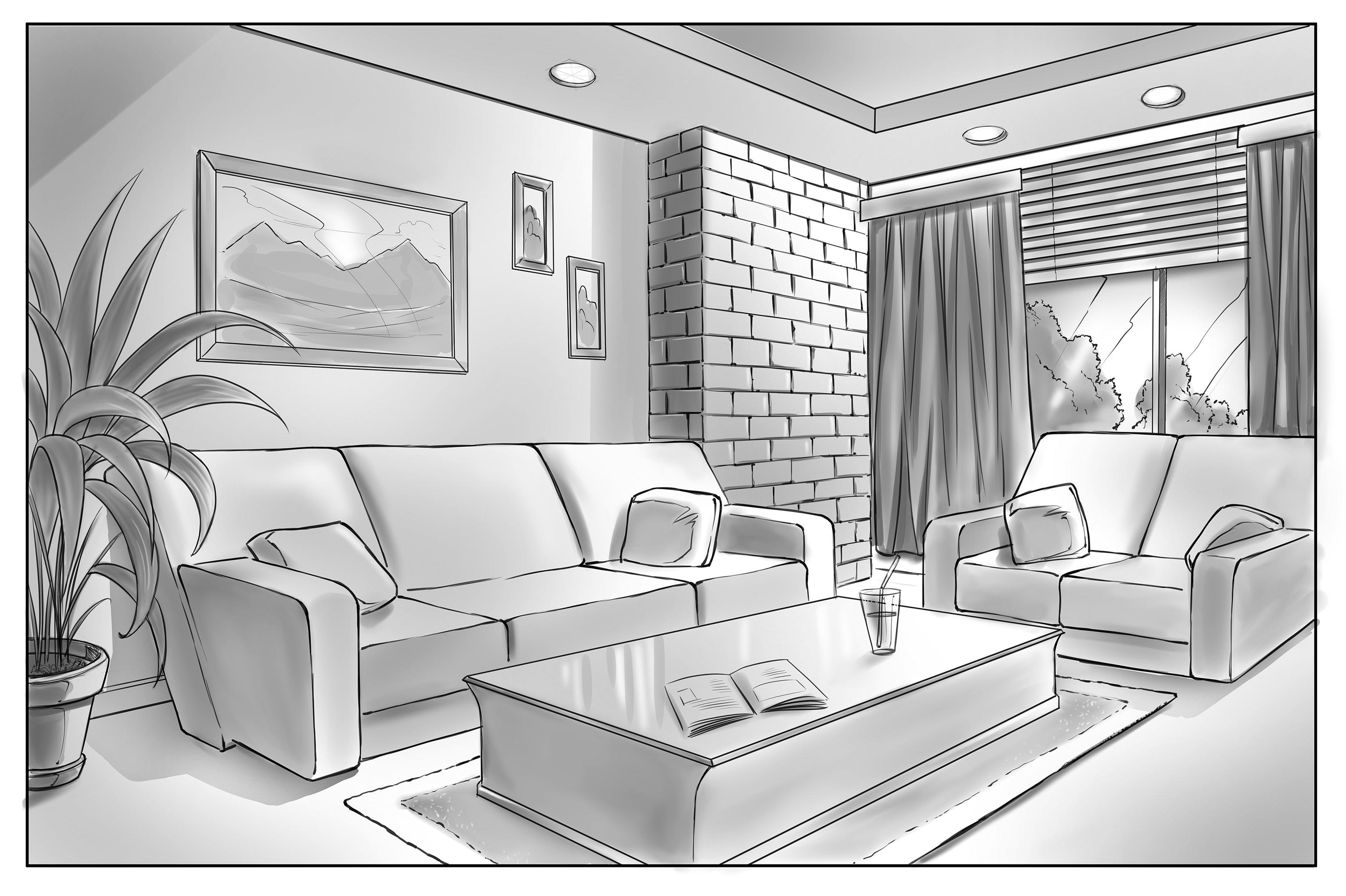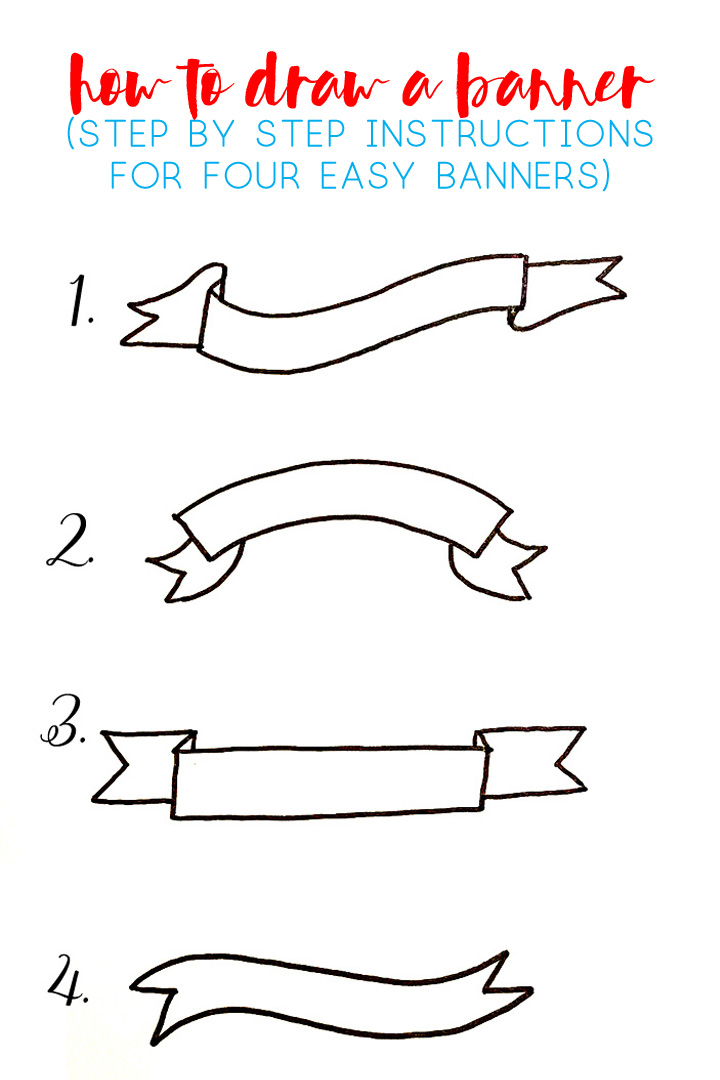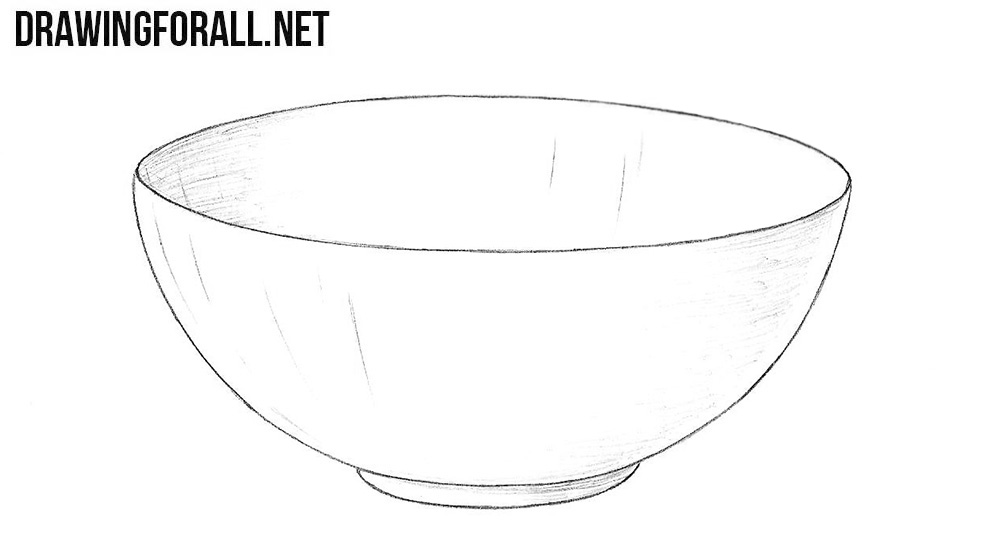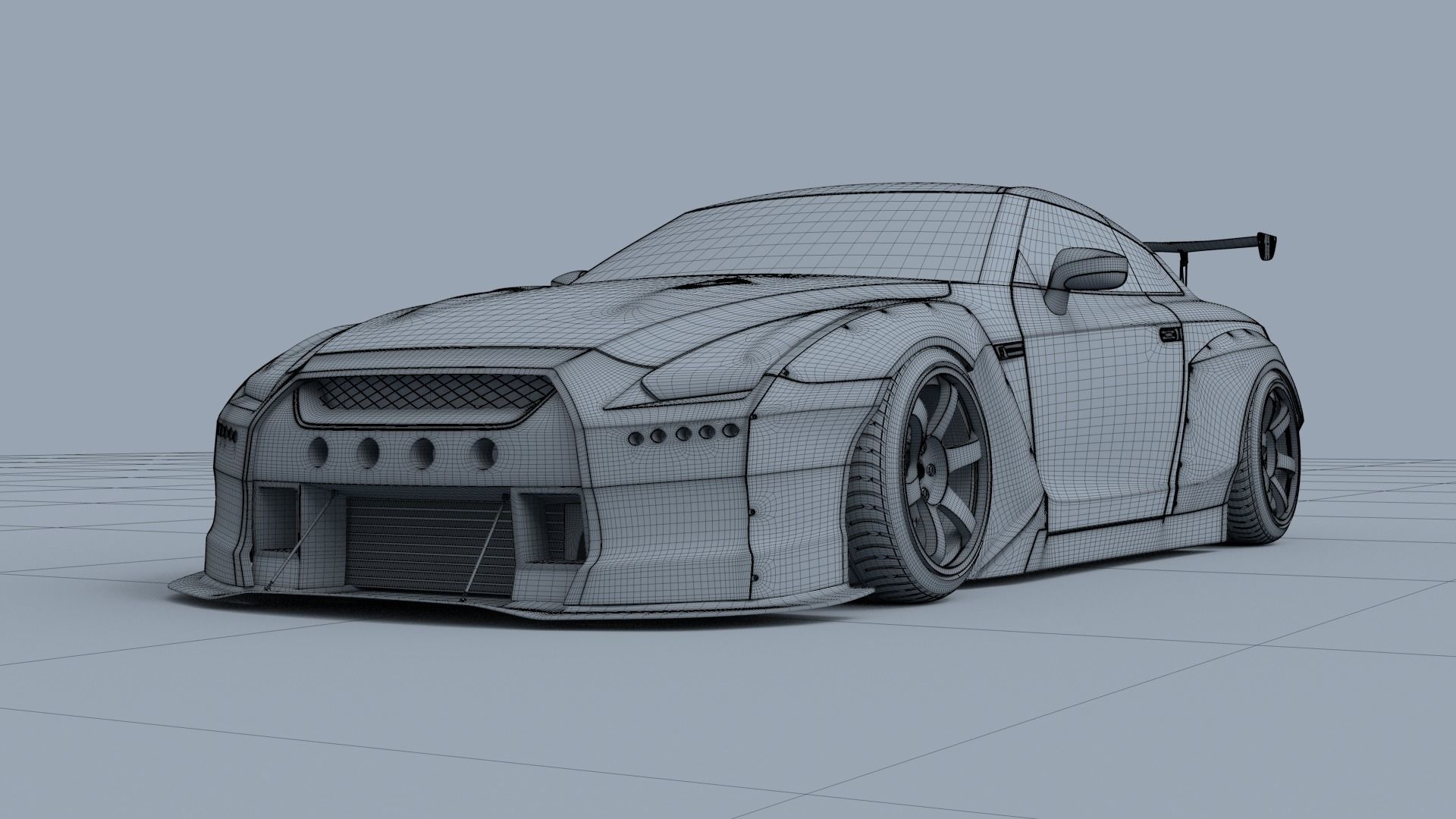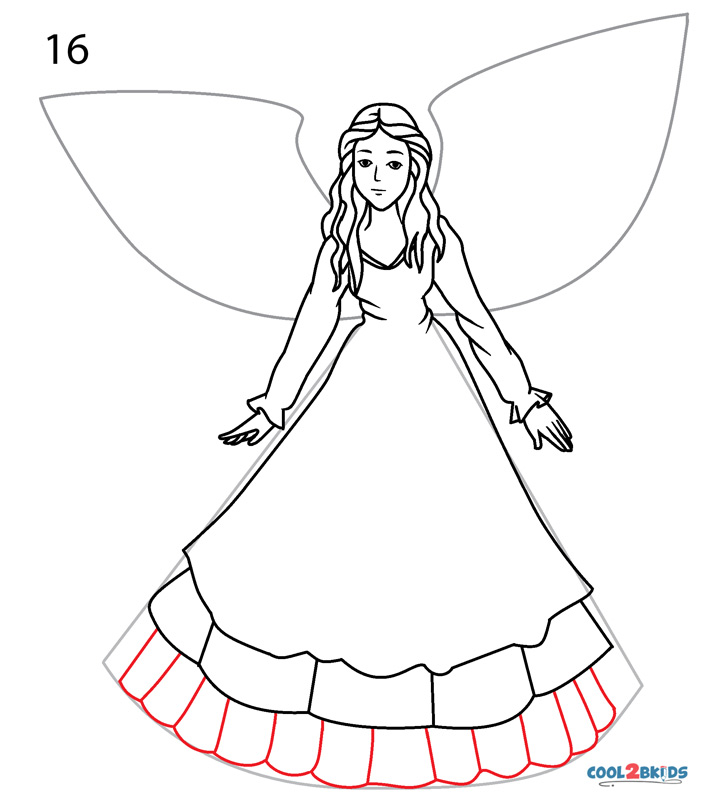How to draw a sofa in two point perspective
Table of Contents
Table of Contents
Are you interested in expanding your drawing skills? Do you struggle with creating depth and dimension in your artwork? Learning how to draw 2 point perspective may be the solution you’re looking for.
How to Draw 2 Point Perspective
Many aspiring artists struggle with creating realistic depth in their drawings. This can make their artwork look flat and lackluster. However, by mastering 2 point perspective, you can create the illusion of three-dimensional space on a two-dimensional surface. This skill is useful for drawing scenes with buildings, cityscapes, and interiors.
To draw with 2 point perspective, you’ll need to envision the scene from the viewpoint of someone standing in the middle of the picture plane. From this viewpoint, you’ll imagine two parallel lines extending from the top and bottom of the scene. These will be your vanishing points. All of the elements in the scene will then be drawn with reference to these vanishing points, creating a sense of depth and space.
Some key things to keep in mind when drawing with 2 point perspective include:
- Ensuring vertical lines remain truly vertical.
- Using an appropriate cone of vision for your scene.
- Establishing the location of your vanishing points.
- Using perspective lines to create depth and dimension.
My Personal Experience with 2 Point Perspective
When I first started learning how to draw, I struggled with creating depth and realism in my scenes. But as soon as I learned about 2 point perspective and started using it in my drawings, everything changed. Suddenly, my artwork had a sense of depth and dimension that it previously lacked.
I still remember my first successful attempt at drawing a city street using 2 point perspective. It was like a lightbulb had gone off in my head, and I could see how all of the elements of the scene were related to each other in a three-dimensional space.
If you’re struggling with creating depth in your artwork, I highly recommend giving 2 point perspective a try. It may seem intimidating at first, but with practice, you’ll start to see the benefits in your drawings.
Tips for Perfecting Your 2 Point Perspective
To create the most realistic sense of depth and dimension in your artwork using 2 point perspective, here are some tips to keep in mind:
1. Establish Your Vanishing Points
Before you begin drawing your scene, you’ll need to determine where your vanishing points will be located. These should be placed on the horizon line, which is typically located roughly at eye level. Remember, the position of your vanishing points will dictate the angle and direction of your perspective lines.
2. Use a Ruler or Straight Edge
When drawing with 2 point perspective, it’s important to ensure that your lines remain straight and true. To accomplish this, you may want to use a ruler or straight edge to guide your lines. This will help to prevent wobbly lines that can make your artwork look less realistic.
Practice, Practice, Practice
Like any skill, mastering 2 point perspective takes practice. The more you work at it, the more competent you’ll become at creating depth and dimension in your artwork. Don’t be afraid to try new things and experiment with different techniques - this is how you’ll learn and grow as an artist.
Question and Answer
Q: Why is 2 point perspective important for drawing?
A: 2 point perspective allows you to create the illusion of three-dimensional space on a two-dimensional surface. By mastering this technique, you’ll be able to draw realistic and convincing scenes with depth and dimension.
Q: What are some common mistakes to avoid when drawing with 2 point perspective?
A: Some common mistakes to avoid include using inconsistent vanishing points, neglecting to use a ruler or straight edge, and failing to maintain the appropriate cone of vision for your scene.
Q: Can you use 2 point perspective in digital art?
A: Yes! Many digital art programs have tools that allow you to easily create 2 point perspective scenes. However, it’s still important to understand the underlying principles of 2 point perspective to ensure that your scenes are both realistic and convincing.
Q: What are some techniques for creating depth and dimension in artwork?
A: In addition to using 2 point perspective, other techniques for creating depth and dimension in artwork include overlapping shapes, adjusting the relative size of objects, and using atmospheric perspective.
Conclusion of How to Draw 2 Point Perspective
Learning how to draw with 2 point perspective can be a game-changer for your artwork. By mastering this skill, you’ll be able to create realistic and compelling scenes with depth and dimension. Remember to practice regularly, use proper tools, and maintain a consistent cone of vision for your scenes. With these tips in mind, you’ll be well on your way to creating stunning artwork that truly comes to life.
Gallery
Paint Draw Paint, Learn To Draw: Drawing Basics: Two Point Perspective

Photo Credit by: bing.com / perspective point drawing two basics draw pt
How To Draw Two-Point Perspective House Drawing | Two Point Perspective

Photo Credit by: bing.com / perspective
Two Point Perspective | COMD 1103 Foundation Drawing, D120, FA2017

Photo Credit by: bing.com / perspective point house draw two drawing drawings step architecture victorian line circle narrated school nata year building buildings sketch city
Two Point Perspective - Annotated Perspective Drawings

Photo Credit by: bing.com / perspective point two drawings
How To Draw A Sofa In Two Point Perspective | Baci Living Room
Photo Credit by: bing.com / perspective point two draw sofa drawing room living marzullo robert scene

